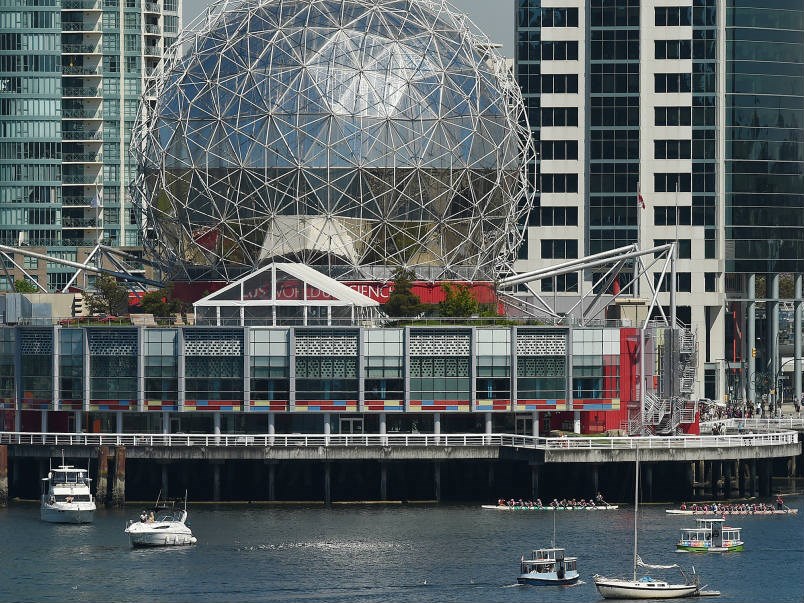With the arrival of warmer weather, the Vancouver Fraser Port Authority is cautioning those on the water to be mindful of their behaviour.
 With the arrival of warmer weather, the Vancouver Fraser Port Authority is cautioning those on the water to be mindful of their behaviour. Photograph By DAN TOULGOET
With the arrival of warmer weather, the Vancouver Fraser Port Authority is cautioning those on the water to be mindful of their behaviour. Photograph By DAN TOULGOET
Avast ye landlubbers, boating season is nigh and the Vancouver Fraser Port Authority is stressing safety on the high seas.
The reminder lines up with the arrival of National Safe Boating Awareness Week, which runs May 19 to 25, and is made more pressing given a recent near miss between a pleasure craft and the SeaBus in Burrard Inlet.
“We typically see a spike in recreational boating activity throughout Burrard Inlet during the May long weekend when the weather warms up,” said deputy harbour master Egge Kloosterboer in a news release. “As more boaters and paddlers are out on the water, in addition to regular traffic through the port, it is important to review and follow the safe boating practices.”
The port authority reminds recreational boaters and paddlers to keep clear of port operations and commercial activity areas near English Bay, First Narrows, Second Narrows, the Vancouver inner harbour and the Fraser River.
Here are 10 reminders from the port authority to stay safe on the water.
1. Check current conditions — the weather, tide, currents and water levels — before heading out. Summer temperatures bring additional navigation hazards to the Fraser River as the freshet runoff can increase current flows and water levels, debris, compromise clearances beneath bridges and change elevation in river beds.
2. The shoreline is your friend, so make sure to hug it. Steer clear of the deep-sea vessel routes and stay as close as possible to the shoreline to avoid incidents with commercial ships.
3. Take extra precautions if boating at night. Have proper lighting and safety equipment on board and go slower.
4. Mindfulness is next to Godliness on the water. Pay attention to your surroundings, always be aware of other vessels around you and comply with restricted area regulations. If you hear five or more short and rapid blasts of a ship’s whistle, you’re in immediate danger and must clear the area. Monitor VHF (Very High Frequency) 16 and 12 on your radio.
5. Steady as she goes, skipper. In other words, go slowly. The waters are busier this time of year, so go a little slower, give yourself more time and plan your day accordingly.
6. Be prepared to move. Large, deep-sea ships have limited visibility. Don’t assume they can see you. They can’t move quickly, especially in narrow channels. Even if you have the right-of-way, you must yield to them.
7. Consult official publications. Look at nautical charts for depth surroundings and the port authority’s website for bridge and transit procedures.
8. Getting between a tugboat and its tow is a huge no no, as tow cables are often submerged and not visible.
2017-06-24 Video - Tug and Tow from Port of Vancouver on Vimeo.
9. Don’t be that guy — or girl — and be sure to boat respectfully. Keep wake and wash to a minimum to avoid damage to sensitive habitat, property or other vessels. No wake is allowed when passing moored seaplanes.
10. Report incidents if you see anyone violating safe boating practices. Call the Port Operations Centre at 604-665-9086 to report the incident. In an emergency, press *16 on your mobile phone, VHF: 16 on your radio or call 911.
@JohnKurucz
Read More from the Vancouver Courier.
 With the arrival of warmer weather, the Vancouver Fraser Port Authority is cautioning those on the water to be mindful of their behaviour. Photograph By DAN TOULGOET
With the arrival of warmer weather, the Vancouver Fraser Port Authority is cautioning those on the water to be mindful of their behaviour. Photograph By DAN TOULGOET

